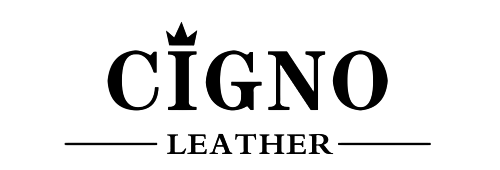The rise of plant-based/vegan leather: bio-based/vegan materials reshape the consumption landscape in Europe and the United States
2025
Environmental regulations drive industrial change
Strict environmental policies in Europe and the United States provide institutional guarantees for bio-based/vegan leather. The EU's Eco-Design Sustainable Products Regulation (ESPR) lists circularity as a core product standard, forcing companies to abandon highly polluting materials. Traditional leather tanning consumes 250 liters of water, 2.5 kilograms of chemicals and produces 6.1 kilograms of solid waste per kilogram, while bio-based leather uses agricultural waste such as apple pomace and pineapple leaves as raw materials, significantly reducing the environmental load. BMW, Tesla and other automakers have adopted bio-based interiors to reduce vehicle carbon emissions through lightweight materials, and a single vehicle can lose 5 kilograms.
The rise of ethical consumption
The animal welfare movement has given rise to "cruelty-free" consumer demand. European consumers pay a premium of 200% for vegan products (only 10% in China), driving the strategic transformation of luxury brands. Hermès launched the mycelium Victoria handbag, and more than 250 brands including Gucci and Chanel signed the Fashion Agreement to ban animal fur. The European and American plant-based leather market is expected to reach $734.56 million in 2025, with a compound annual growth rate of 19.42%, reflecting that ethical consumption is reshaping the market structure.
Technological breakthroughs solve performance pain points
Advances in material science have bridged the performance gap between bio-based and traditional leather. Take mycelium leather as an example. Its honeycomb structure is enhanced by Fine Mycelium technology, and the touch is no different from genuine leather1; BMW's investment in MIRUM materials achieves 100% bio-based, plastic-free formulas, while meeting the automotive industry's stringent standards for wear resistance and color fastness. The mechanical compression process developed by NFW replaces traditional chemical tanning, making pineapple leaf fiber leather (Piñatex) account for 32% of the global bio-based leather market.
Market expansion accelerates penetration
Capital influx drives scale-up and cost reduction. The global market size of bio-based leather in 2024 is $126.25 million, and it is expected to exceed $785.62 million in 2037, with an annual growth rate of 15.1%. Footwear accounts for the largest application share of 54%. Nike and Ananas Anam have cooperated to launch a series of pineapple fiber sports shoes. In the field of automotive interiors, ANA Airlines uses Toray's bio-based Ultrasuede Alt to make aircraft headrest covers, becoming the first Japanese airline to use vegan leather. Mycelium company MycoWorks received $125 million in financing to expand its factory, and the Chinese supply chain has cut production costs in half compared to Europe and the United States.
The gorgeous transformation of discarded pomace - when 4 million tons of apple waste and pineapple leaves are pressed into fine-textured "leather" on the assembly line every year, this small but profound raw material revolution is reconstructing the symbiotic logic between humans and resources.
CIGNO Leather Company specializes in providing high-quality bio-based leather for buyers who need bio-based leather. Following the common apple leather, corn leather, pineapple leather, bamboo leather and cactus leather, CIGNO has now launched coffee leather and mycelium leather, and the diversity of choices meets different market preferences. CIGNO Leather Company has USDA certification, ingredient test reports and physical toilet reports in the field of bio-based leather.
Welcome to contact us for more information!

 EN
EN
 AR
AR
 CS
CS
 NL
NL
 FR
FR
 DE
DE
 EL
EL
 HI
HI
 IT
IT
 JA
JA
 KO
KO
 NO
NO
 PL
PL
 PT
PT
 RU
RU
 ES
ES
 SV
SV
 TL
TL
 IW
IW
 ID
ID
 SR
SR
 UK
UK
 VI
VI
 MT
MT
 TH
TH
 FA
FA
 AF
AF
 MS
MS
 GA
GA
 HY
HY
 AZ
AZ
 BN
BN
 LA
LA
 MN
MN
 KK
KK
 UZ
UZ
 KU
KU

